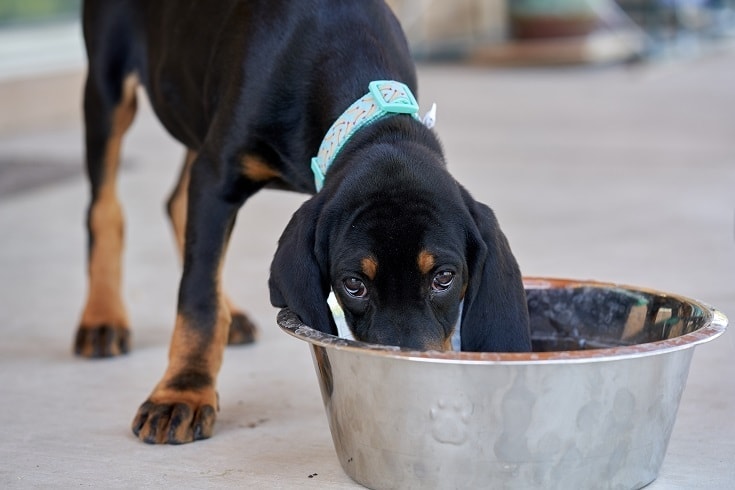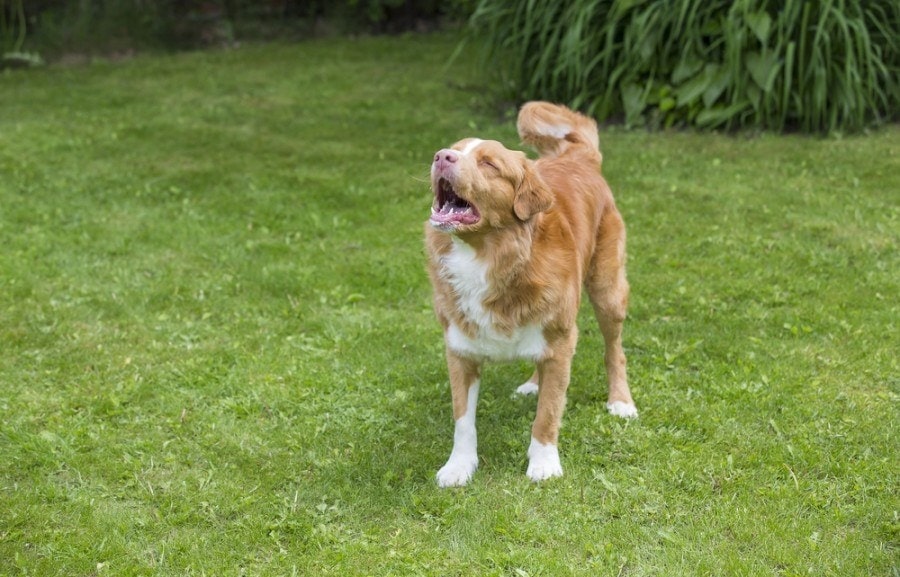What Does a Dog’s Third Eyelid Do? Vet-Approved Facts & FAQ
Updated on
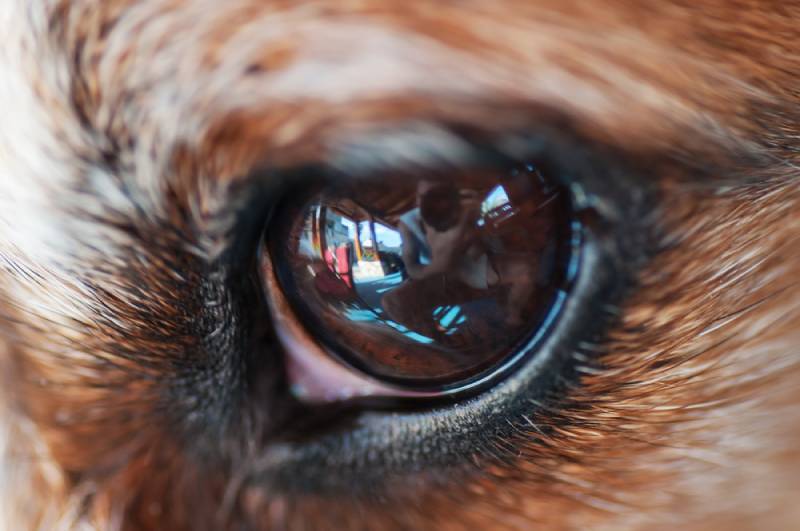
When one thinks of a dog’s eyelids, many people do not realize that dogs have three eyelids. But what does the third eyelid do? The third eyelid sweeps back and forth and serves an important purpose: to protect the eyeball and cornea. It also spreads tears across the eye’s surface and protects the eyeball when hunting or fighting. Also known as the nictitating membrane, the third eyelid is an important part of the anatomy of a dog’s eye.
Read on to learn more about a dog’s third eyelid and what medical issues could arise if the third eyelid is damaged.
Why Do Dogs Need a Third Eyelid?
Dogs have an upper and lower eyelid, but they also have a third eyelid, which rests between the cornea and the lower eyelid. It’s mostly hidden in the corners of the eye. The third eyelid is needed to protect the eyeball surface and cornea. This eyelid also distributes 30% of the eye’s aqueous tear production which flushes debris, dust, and other pollutants out. Without it, a dog’s eye will be more susceptible to eye infections and other issues, such as conjunctivitis.
Is the Third Eyelid Always Visible?
The third eyelid is usually not visible, and if it is, it may mean there is an issue with the gland. Some owners may notice a prolapsed third eyelid, also known as “cherry eye.” This condition is when the third eyelid gland “pops” out, resulting in a red, swollen mass on the lower part of the eyelid. If you notice any changes in the eye, or especially if you see a red, swollen mass, a trip to your veterinarian is necessary.
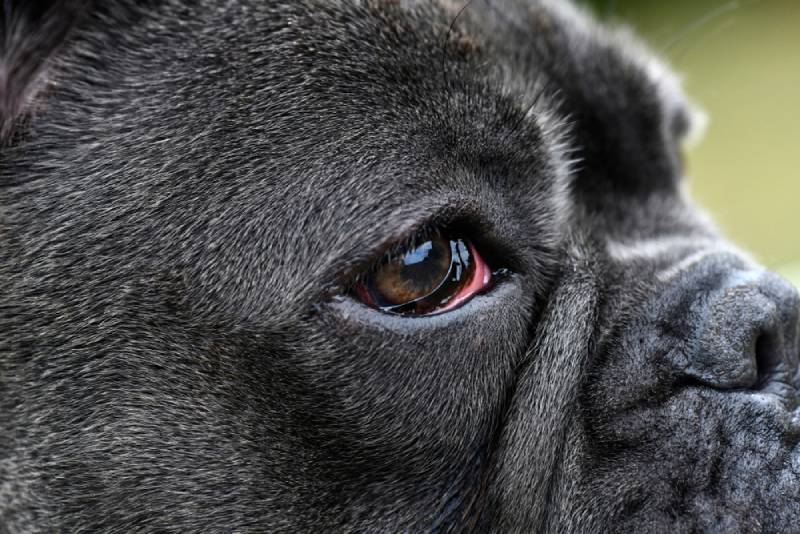
What Causes Cherry Eye in Dogs?
The third eyelid is a delicate area of the eye and is held in place by a ligament. Cherry eye occurs if the ligament stretches or breaks, causing a red, swollen mass in the corner of the eye. It is not fully known why this happens, but some breeds are more prone to develop the condition, and it usually occurs in dogs under 1 year of age. Breeds more susceptible to cherry eye are Boston Terriers, Pugs, French Bulldogs, English Bulldogs, Beagles, Bloodhounds, Shih Tzus, Lhasa Apsos, and Cocker Spaniels.
How Is Cherry Eye Treated?
Rather than removing the third eyelid, the third eyelid is usually surgically replaced. In severe cases, such as cancer, the third eyelid may need to be removed, but removing it is not ideal, as it serves many functions.
It’s vital to seek treatment as soon as possible to prevent further complications and pain for your fur baby. The exposed gland will become red and inflamed, and if left untreated, the dog will likely develop dry eye due to the gland not functioning correctly to keep the eye lubricated. It can also cause vision impairment.
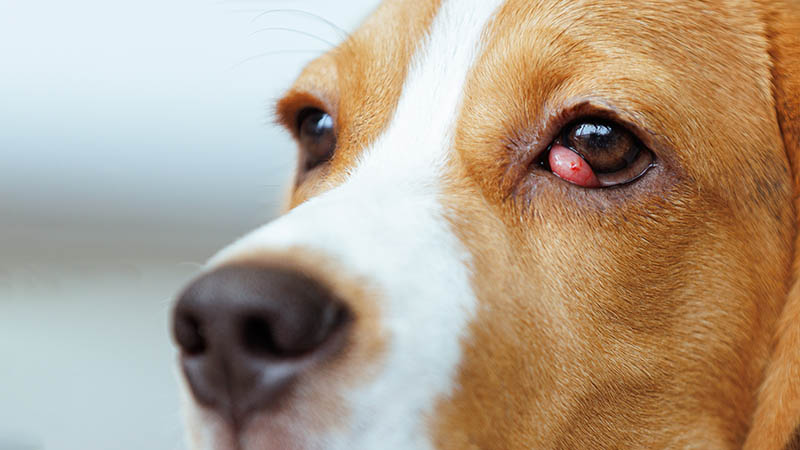
Tips for Keeping Your Dog Safe
Now that you know dogs have a third eyelid and what its function is, it’s imperative to have it checked by your veterinarian as soon as possible for treatment if you notice inflammation or if the gland has popped out. Ensure you check the eyes often, especially if you have any breeds mentioned above that are more susceptible to developing a third eyelid problem.
Most times, your veterinarian can surgically repair any problem with the third eyelid.
Conclusion
As you can see, the third eyelid plays an important role in the overall function of a dog’s eye. Consult your veterinarian immediately if you notice any eye changes, such as redness, a swollen mass, rubbing the eye, cloudiness, squinting, a discharge, or a change in vision. A rule of thumb is, the faster the treatment, the better the outcome for your doggie.
Most dogs have excellent success with the eye after surgery, but keep in mind that if your dog develops a problem with the third eyelid in one eye, your dog may develop a problem in the other at some point.
Featured Image Credit: Robert Avgustin, Shutterstock





